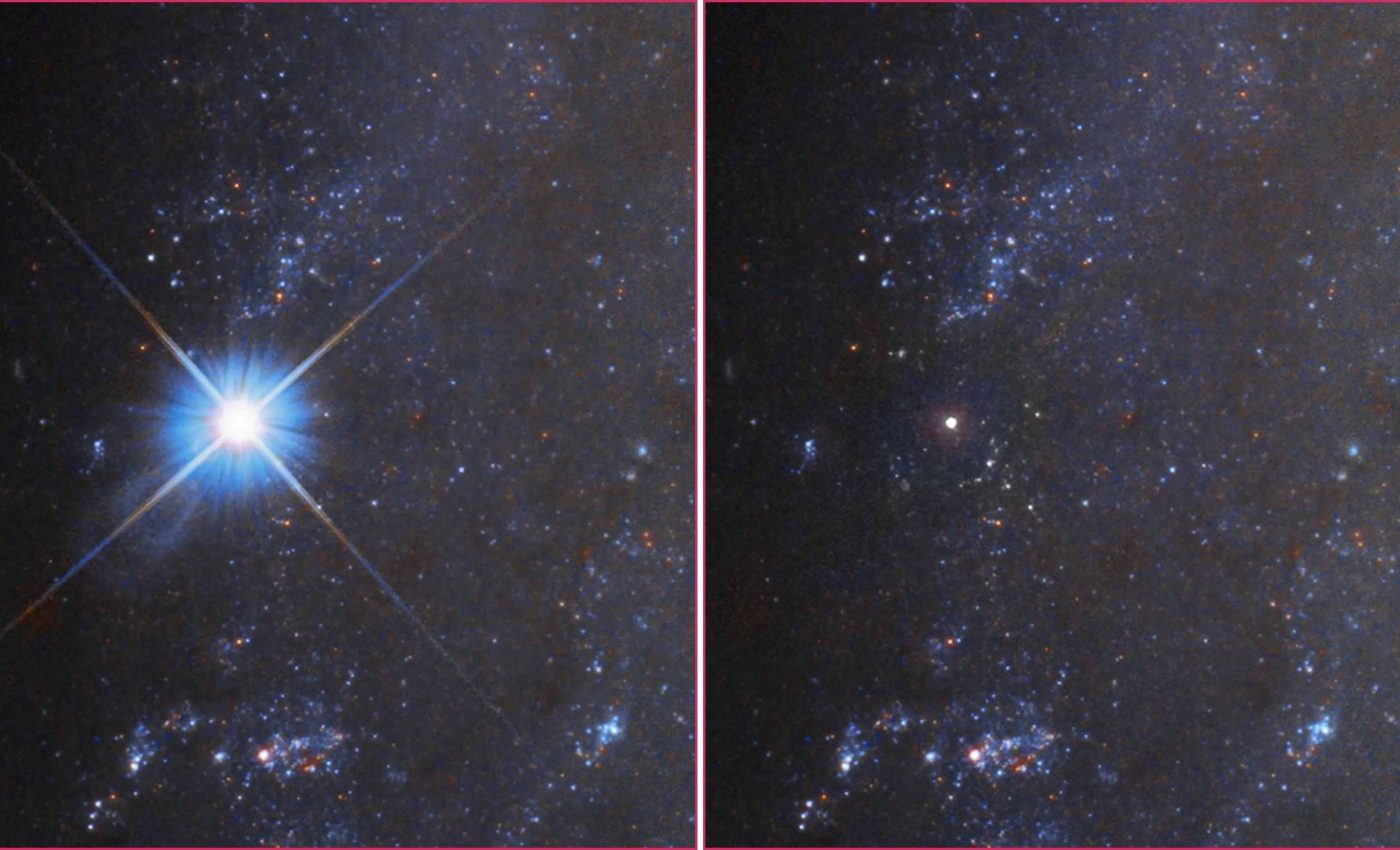
NASA's Roman telescope will observe 100,000 cosmic explosions
NASA’s Nancy Grace Roman Space Telescope is on track to spot about 100,000 cosmic explosions, a single trove large enough to redraw parts of our cosmic timeline.
The mission will watch the sky for fast-changing events and use them to test how the universe has stretched since its youth.
The telescope’s wide view and clockwork cadence will let scientists measure distance and motion for enormous samples of stellar blasts. That scale, not one spectacular target, is the news.
Roman Telescope and explosions
Roman’s High-Latitude Time-Domain Survey will stare at the same huge swaths of sky every five days for two years, covering more than 18 square degrees with sharp near-infrared imaging.
That consistent pacing is what turns scattered flashes into a coherent movie of change across cosmic time.
The work was led by Benjamin Rose, an assistant professor at Baylor University. His research centers on supernova cosmology and time-domain astrophysics.
The core yardsticks are type Ia supernovae, stellar explosions with near uniform peak brightness. Because their intrinsic brightness is known, their apparent brightness reveals distance with uncommon precision.
Roman will also record low-resolution spectra to lock down redshift, the shift of light to longer wavelengths that reveals recession speed.
The High-Latitude Time-Domain Survey has a 180 day allocation within the mission’s observing plan.
What the simulations say
A recent hour-by-hour catalog forecast suggests roughly 21,000 type Ia supernovae and about 40,000 core-collapse explosions, plus smaller samples of rare events.
That same simulation projects millions of light measurements and hundreds of thousands of spectra, the raw material needed for precise cosmology.
Survey-design work tested a thousand possible strategies to balance imaging and prism time for the best distance measurements, with a promising split that spreads time across wide and deep tiers.
The payoff will be a clean view of expansion when the universe was far younger than most current supernova samples.
“Whether you want to explore dark energy, dying stars, galactic powerhouses, or probably even entirely new things we’ve never seen before, this survey will be a gold mine,” said Rose.
Catching the rare and the weird
Roman’s cadence and depth should also net kilonova, a merger blast from two neutron stars that forges heavy elements. These are fleeting, bright in the infrared, and easy to miss without the right timing.
The survey will flag tidal disruption events, when a black hole rips a passing star, by their slow-burn flares and distinctive colors. It may even catch the long-predicted pair-instability supernovae from the universe’s first, ultra-massive stars.
Independent lines of evidence already suggest that dark energy, the unknown driver of cosmic acceleration, may not be perfectly constant over time.
Recent DESI collaboration results mapped galaxies and quasars in three dimensions and found hints consistent with evolving dark energy.
Roman adds a complementary test by extending supernova measurements to earlier eras, when the universe was only a few billion years old.
If dark energy’s strength shifted, the change will imprint itself on the brightness and redshift patterns across Roman’s enormous sample.
Expanding the cosmic network
Roman won’t work alone. Its discoveries will trigger rapid follow-ups from ground-based and orbital telescopes that can capture different wavelengths of light.
Observatories like the Vera C. Rubin Observatory in Chile will monitor the same regions in visible light, while instruments such as JWST will provide high-resolution infrared and optical views.
By comparing data across these platforms, scientists can confirm distances, refine measurements, and better understand how each explosion evolves over time.
Coordinated campaigns will also allow astronomers to track how supernova brightness fades and how their chemical fingerprints change.
This collaboration makes Roman more than a single mission, it becomes the center of a global network studying cosmic change.
Together, these observatories will fill in missing chapters of the universe’s expansion story, from nearby galaxies to the earliest stellar generations.
Cosmic explosions and Roman’s future
To isolate new flashes, pipelines apply image subtraction, a method that removes static light to reveal change. Subtracting a quiet template taken early in the mission leaves only things that brightened or appeared.
For the most distant events, the light curves stretch because of time dilation, the lengthening of observed time by cosmic expansion.
Roman’s five-day cadence is tuned to catch those slower rhythms without missing the quick ones.
The study is published in The Astrophysical Journal.
—–
Like what you read? Subscribe to our newsletter for engaging articles, exclusive content, and the latest updates.
Check us out on EarthSnap, a free app brought to you by Eric Ralls and Earth.com.
—–













